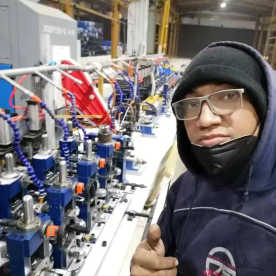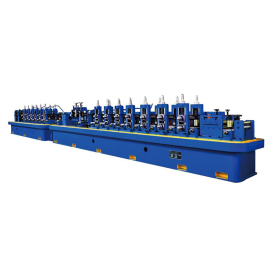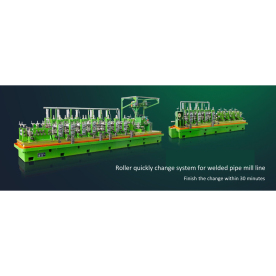[HSS blade]Taking a Closer Look at the Versatility and Super
News 2024-4-20
High Speed Steel (HSS) blades have long been a popular choice for cutting tools across a wide range of industries, thanks to their exceptional durability and cutting capabilities. With its unique chemical composition and microstructure, HSS blades offer a number of advantages over traditional tool steel and carbide blades, making them a preferred choice for many applications.
One of the key attributes of HSS blades is their remarkable hardness and wear resistance. This is due to the presence of high levels of alloying elements such as tungsten, molybdenum, chromium, and vanadium, which help enhance the overall strength of the blade. As a result, HSS blades are able to maintain their sharpness and cutting edge for much longer periods of time, even when subjected to high-speed cutting operations and heavy loads.
In addition to their outstanding hardness, HSS blades also exhibit excellent toughness and impact resistance. This means that they are able to withstand the rigors of cutting through tough materials without chipping, cracking, or breaking. This makes them an ideal choice for applications where the blade is likely to encounter sudden shocks or excessive vibrations, such as in milling, drilling, and high-performance sawing operations.
Furthermore, HSS blades are known for their exceptional heat resistance, allowing them to maintain their hardness and cutting performance even at elevated temperatures. This is a crucial factor in high-speed cutting operations, where the blade is exposed to intense friction and heat generated by the cutting process. HSS blades are able to withstand these extreme conditions, ensuring consistent cutting performance and precision.

Taking a Closer Look at the Versatility and Superiority of HSS Blades in Various Applications

Taking a Closer Look at the Versatility and Superiority of HSS Blades in Various Applications

